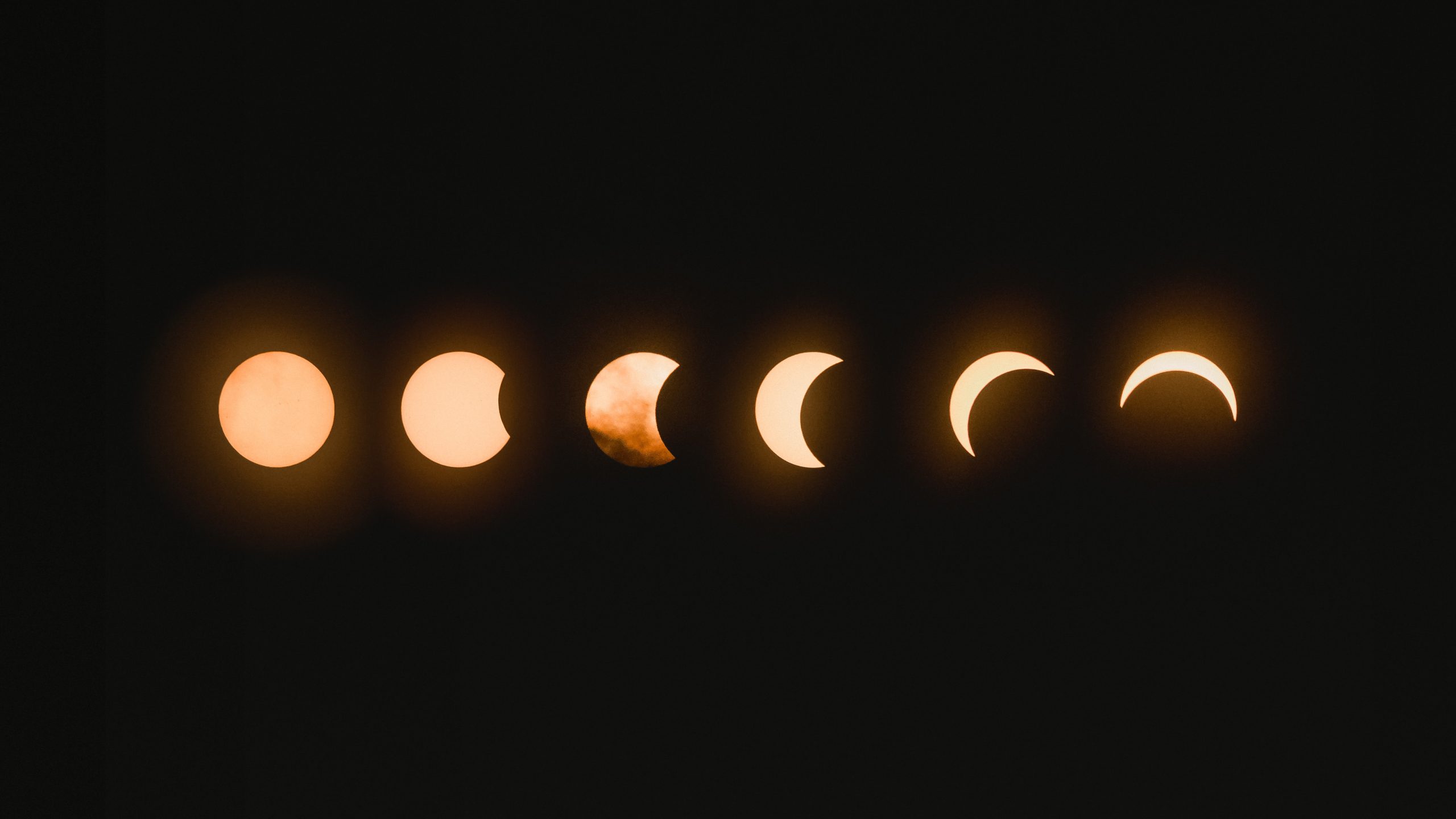What Tarot Card is 13?
Tarot cards have long fascinated people with their symbolism and mystique. The 78-card deck is divided into two categories: the Major Arcana, which consists of 22 highly significant cards, and the Minor Arcana, which includes 56 cards divided into four suits. Each card carries a unique meaning and holds profound insight into various aspects of life.
In this article, we will explore the significance of the number 13 in tarot and uncover the card that holds this number. Let’s dive deeper into the mysterious world of tarot to unlock its secrets.
The Number 13 in Tarot
In many cultures and traditions, the number 13 is often associated with superstition and fear. It has been regarded as an unlucky number, causing some to feel apprehensive whenever it appears in any context. However, in tarot, the number 13 carries a deeper significance.
In the Major Arcana, each card represents a stage of personal development or a particular life lesson. Every card has a unique number, which plays a crucial role in understanding its meaning. The 13th card in the Major Arcana is known as Death.
The Death Card in Tarot
The Death card often evokes fear and misunderstanding, but its true meaning is far from literal. It is important to remember that tarot is not meant to predict literal death or physical demise. Instead, the Death card symbolizes transformation, rebirth, and the natural cycle of life.
When this card appears in a reading, it signifies the end of a chapter, a significant change, or the need to let go of old patterns or beliefs. It is a reminder that in order to grow and evolve, we must release what no longer serves us. The Death card urges us to embrace the transformative power of change.
Symbolically, the Death card often depicts a skeleton, which represents the impermanence of the physical body. It stands as a reminder that our journey is not limited to the material realm, but also encompasses our spiritual growth and evolution.
The Death card is associated with the astrological sign Scorpio, which further deepens its symbolism. Scorpio is known for its intense transformative energy and its ability to delve into the depths of the psyche. This connection underscores the powerful nature of the Death card.
Interpreting the Death Card
While the Death card may initially appear ominous, it is crucial to interpret it in the context of surrounding cards and the question at hand. It is essential to approach tarot readings with an open mind and a willingness to explore the deeper meanings of the cards.
Here are a few possible interpretations of the Death card:
1. Transformation and new beginnings
The Death card signals a period of profound transformation. It represents shedding old beliefs, habits, or situations that no longer serve your highest good. This process of release paves the way for new beginnings and personal growth.
2. Endings and closure
When the Death card appears, it can signify the need to bring closure to a problematic situation, relationship, or phase of life. By embracing the endings that come our way, we create space for fresh opportunities and positive change.
3. Embracing change
The Death card serves as a reminder to embrace change rather than resisting it. Even though change can be uncomfortable and challenging, it often leads to personal growth and expansion. By surrendering to the natural flow of life, we allow ourselves to evolve and transform.
4. Symbolizing a metaphorical death
Alternatively, the Death card can represent the metaphorical death of old beliefs, emotions, or thought patterns. It calls for a reevaluation of our perspectives and encourages us to let go of limiting beliefs that restrict our progress.
Remember, interpretations may vary depending on the specific question, the adjacent cards, and the reader’s intuition. Trust your instincts and explore the various layers of meaning that the Death card holds.
In Conclusion
The 13th card in the Major Arcana, the Death card, signifies transformation, rebirth, and embracing the cycle of life. Contrary to its literal interpretation, the Death card does not predict physical death. Instead, it urges us to release what no longer serves us and make space for new beginnings.
Approach the Death card with an open mind and a willingness to embrace change. Remember, tarot is a tool for self-reflection and guidance. It offers profound insights into our lives but ultimately, it is up to us to navigate our path and make choices that align with our highest good.
Next time the Death card appears in a reading, remember its transformative nature and welcome the opportunity for growth and personal evolution that it brings with it.
Table of Contents
